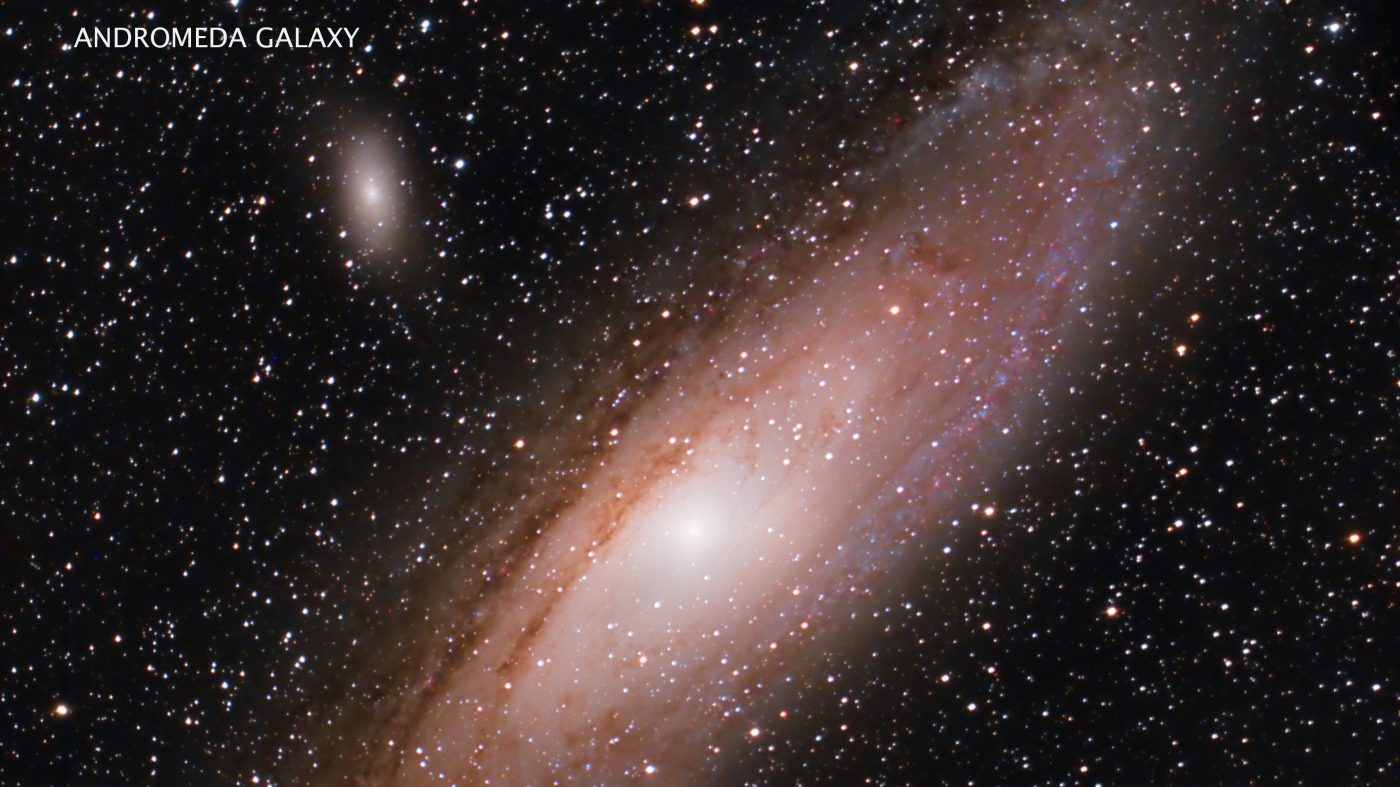
Skywatch: Perseids, planets and more
The biggest show this month is the annual Perseid meteor shower, one of the best of the year. This year, it’ll be spectacular again because no moonlight will get in the way. The skies will be genuinely dark. If you’re not already there, you owe yourself to head out to the countryside, as far away from light pollution as possible to maximize your Perseid pleasure!
The Perseid meteor shower began modestly in mid-July, but it really picks up in intensity in early August. It peaks the night of Aug. 11-12, although it’ll be almost as good two to three nights before the peak and a night or two after. I’ll have much more on the Perseids in the coming week in Starwatch.
As a bonus, this year, right around the peak of the Perseids, you can witness a spectacular conjunction of the planets Jupiter and Mars. On Aug. 14, they’ll be at their closest, less than a half degree apart. You’ll easily get both planets in the same field of view with even a small telescope or binoculars. Mars will appear more or less like an orange dot, but with Jupiter, you’ll see up to four of its brightest moons and maybe even some cloud bands on the great planet.
Saturn is also available in the early morning skies this month, but it’s also available before midnight, as well. One of the best telescope targets continues to rise earlier and earlier this month, rising around 10:30 in early August but around 9:30 toward the month’s end. It’s best to wait about an hour or so to view Saturn through a telescope so it has a chance to rise above the blurring effects of the thicker layer of Earth’s atmosphere near the horizon. What’s a bit disappointing about viewing Saturn right now is that the thin ring system is challenging because it’s nearly on edge from our vantage point on Earth. Unfortunately, that’s how it will be for the rest of this year and through much of 2025.
Venus is gradually returning to the early evening sky. Look at the very low western sky, which is close to the horizon early in the month during evening twilight before it sets. Still, seeing the planet named after the Roman goddess of love might be challenging unless you have an unobstructed view of the western horizon. As August progresses, Venus will be much easier to spot, appearing higher and higher in the very early evening western sky and setting later and later. It’ll be even easier to see in September. I wouldn’t spend much time viewing Venus through even a telescope this month. It’s completely cloud-covered, and since it’s so close to the horizon, it’ll be super fuzzy.
(Mike Lynch)
Even without the Perseid meteor shower and all the doings with the planets, August stargazing has so much going for it! Two of my favorite constellations in the low southern early evening sky are Scorpius the Scorpion and Sagittarius the Archer. Scorpius actually looks like a Scorpion with the bright red-ish star Antares marking the heart of the beast. Just to the left of Scorpius is Sagittarius, a constellation that is supposed to outline a centaur, half man half horse shooting an arrow at Scorpius. If you can see that, I want to party with you! The brightest stars of Sagittarius form a pattern that genuinely resembles a teapot, and that’s what most amateur astronomers refer to it as. The teapot is steaming with stars as it’s in the direction of the center of our Milky Way Galaxy. If you’re lucky enough to be stargazing in the dark countryside, you can’t help but notice a ghostly white band stretching from the teapot spout of Sagittarius, all the way across the northeastern heavens. That’s the Milky Way band. You’re looking into the plane of our home galaxy, where most of the stars are.
In the eastern sky is the famous “Summer Triangle,” made up of three bright stars: Vega, Deneb and Altair. They are the brightest stars in that part of the sky, and each is the brightest in their constellations. Vega is the brightest star in Lyra the Harp; Deneb is the brightest in Cygnus the Swan, otherwise known as the Northern Cross; and Altair is the brightest shiner in Aquila the evil Eagle.
Ursa Major the Big Bear and Ursa Minor the Little Bear are in the northern sky. Ursa Minor is also known as the Little Dipper Polaris; the North Star resides at the end of the Little Dipper’s handle. Every star, planet, moon and sun seems to spin around Polaris every 24 hours. They’re not moving, though. We are as the Earth rotates underneath the great celestial sphere available to us every clear night.
Enjoy summer stargazing — more than worth staying up for!
Mike Lynch is an amateur astronomer and retired broadcast meteorologist for WCCO Radio in Minneapolis/St. Paul. He is the author of “Stars: a Month by Month Tour of the Constellations,” published by Adventure Publications and available at bookstores and adventurepublications.net. Mike is available for private star parties. You can contact him at mikewlynch@comcast.net.
Related Articles
Skywatch: Lunar landing memories
Skywatch: Astronomical tape measures
Skywatch: Summer’s upside-down hero
Skywatch: Classic summer stargazing in July
Skywatch: Long days, long moon shadows, and a promising comet?


